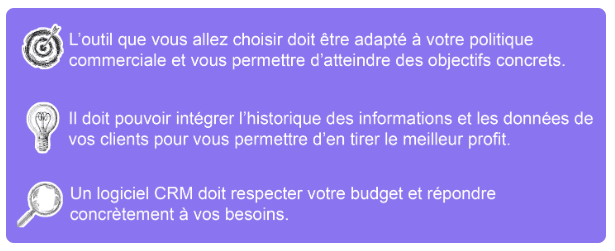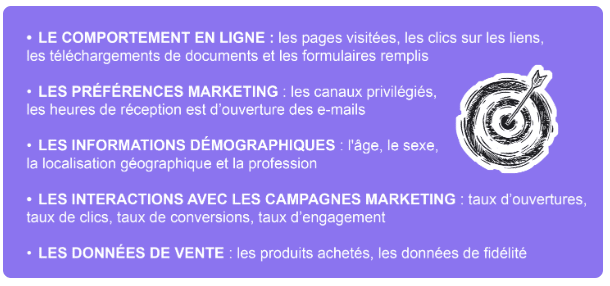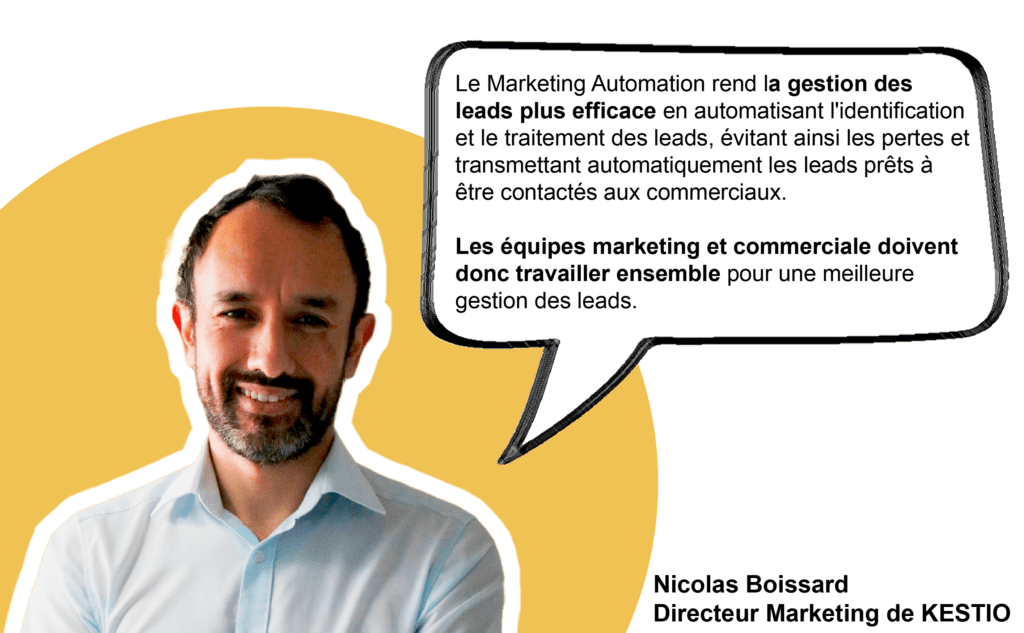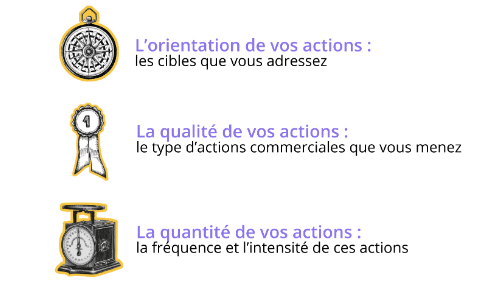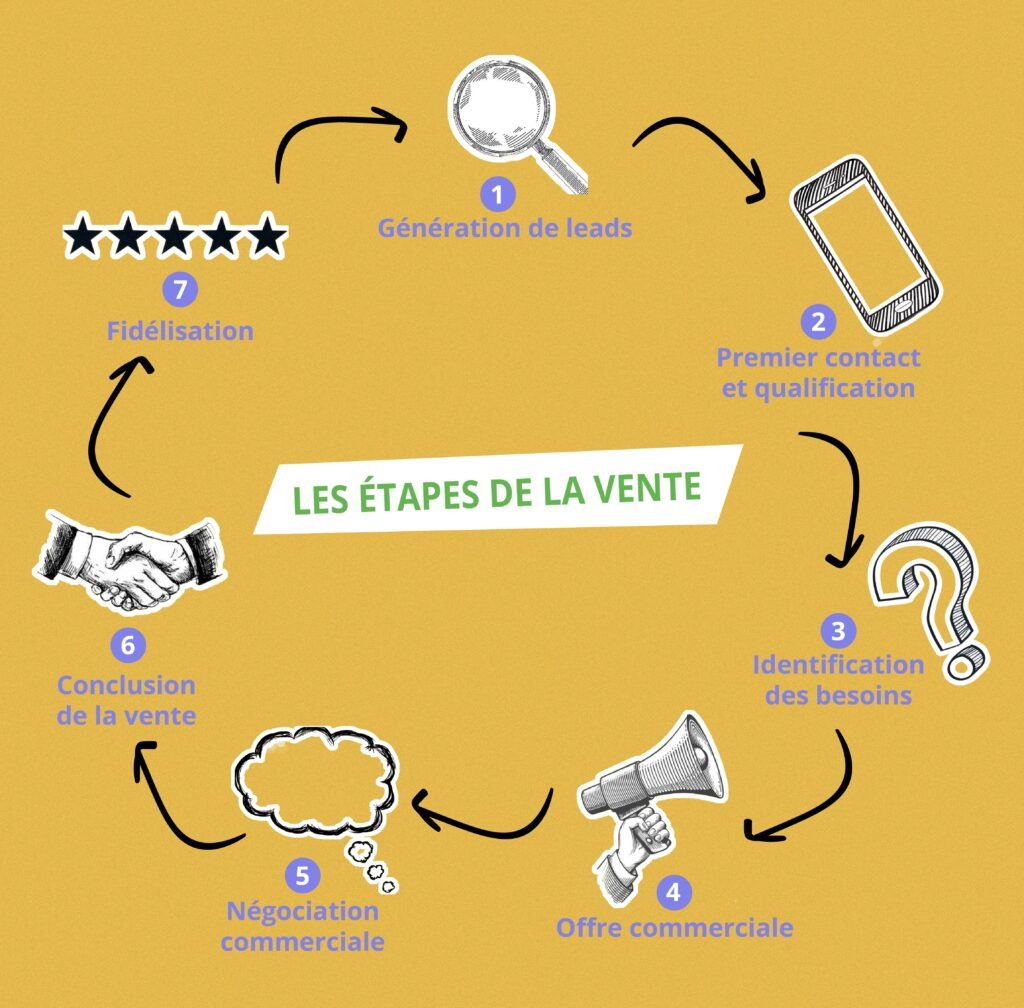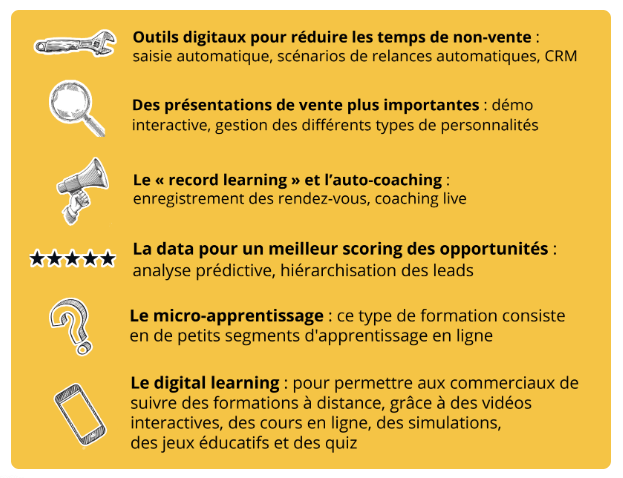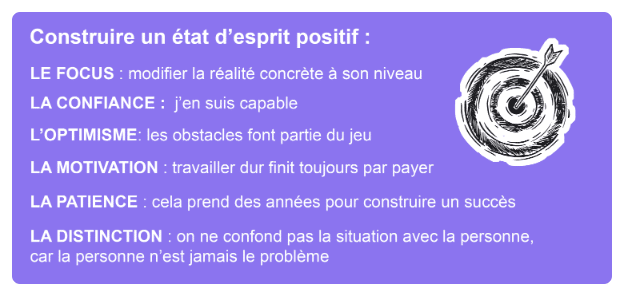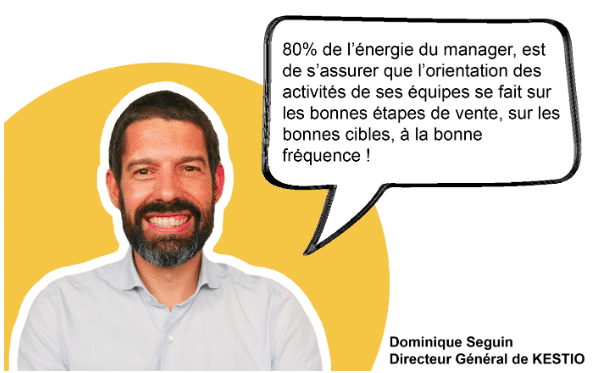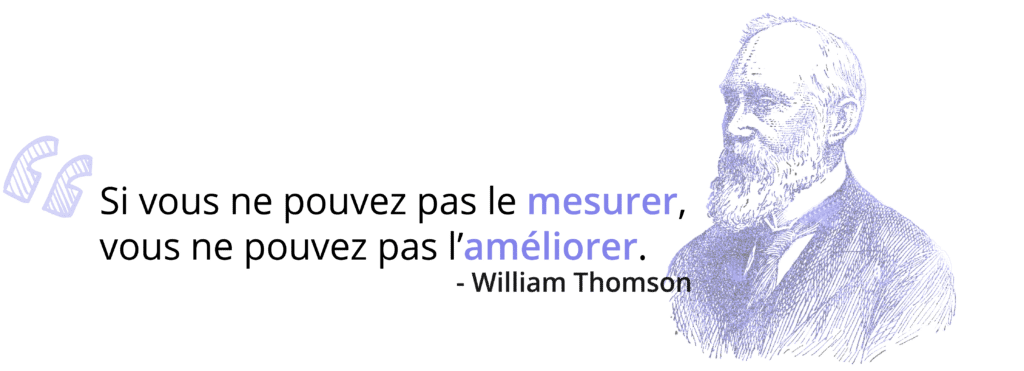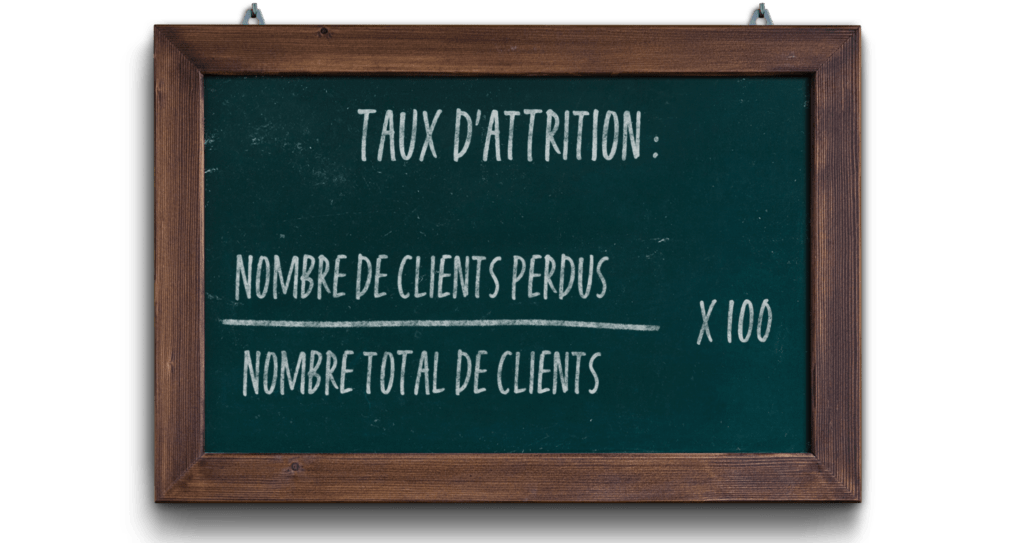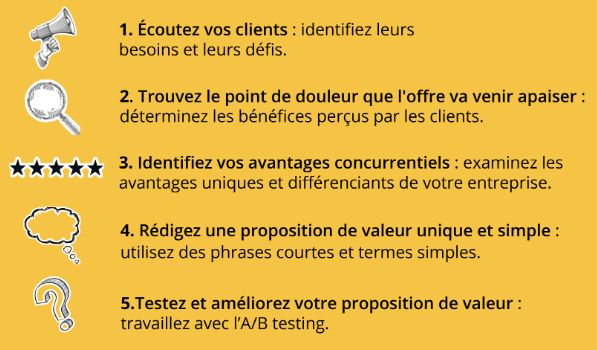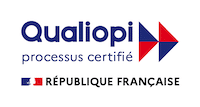80%, of users of a Marketing Automation solution report an increase in the number of leads generated*.
For many of the companies we work with, generating new leads is one of their main objectives. Is this the case for you too?
Do you use Marketing Automation solutions?
Behind this name lies a set of tools that enable you toautomate numerous marketing and sales actions, which are often time-consuming: data enrichment, e-mailing, content production, opportunity tracking...
Today, we present 4 ways to use Marketing Automation to develop your sales.
*Source: Invesp, 2022
KEY No. 1 - Optimizing your processes
Your teams' days are surely punctuated by numerous repetitive tasks with no added value: updating prospect information, writing follow-up e-mails, monitoring transactions...
By surrounding yourself with Marketing Automation tools, your employees can automate these tasks and free up their time for real added-value, business-oriented actions.
Time and money saved guaranteed!
But Marketing Automation isn't just for sales!
Your company's management functions can also benefit from the advantages of these tools, thanks to the centralization of all your actions and thus your performance: number of new leads, conversion rate, number of new customers, sales generated...
CRM solutions
Customer Relationship Management (CRM) solutions meet these automation and performance monitoring challenges.
But to ensure the effectiveness of this type of tool, you need to choose a CRM that meets your needs. So how do you choose the right software?
To help you make the right choice and succeed with your CRM project, we're sharing our dedicated webinar, hosted by Dominique Seguinand Nicolas Boissard, respectively Managing Director and Marketing Director of Kestio.
KEY No. 2 - An improved purchasing experience
Segment your target
Marketing automation enables you to segment your target audience and send targeted messages and ads according to the prospect's level of advancement in the sales funnel.
You can target prospects who have downloaded specific content or simply consulted your services to send them a personalized message that will have a real impact on them. This helps you establish a more personal relationship with your target audience.
Customize your scenarios
Using your prospects' data (demographic, behavioral, purchase history...), you can create specific customer segments and tailor your marketing strategy accordingly. You can, for example, send personalized automated email campaigns and create workflows for them.
Workflows are automated scenarios made up of several marketing actions designed to prompt the prospect to perform a specific action. You have the choice of triggering the workflow in different ways, such as subscribing to your newsletter, downloading a white paper, interacting on a landing page, or participating in a webinar...
For example, you can create a welcome workflow for new subscribers to guide them through the use of your product, or a workflow for prospects who have downloaded a white paper or completed a free trial version to encourage them to make an appointment with your sales representative.
In short, marketing automation enables you to reach customers in a personalized way through different channels, according to workflows (emails, chats, social networks, phone calls...etc). The aim is to strengthen customer relations by offering a smoother, more personalized purchasing experience.
To help you surround yourself with the best tools, download our
Sales Enablers Guide!
KEY No. 3 - Data analysis
With advanced data analytics, your company can collect and analyze information about prospects' behaviors and preferences, enabling them to determine the best tactics for achieving their marketing objectives.
Data analysis is particularly important for lead nurturing!
Lead nurturing is an automated campaign process designed to establish a relationship of trust with prospects. Companies provide relevant and useful content at the right time throughout the buying journey.
This technique enables BtoB companies with a long buying cycle to cultivate links with prospects. The content offered must therefore be of high quality, personalized and provide added value, to reach a more advanced stage in their purchasing process.
Lead scoring to identify the maturity level of your leads!
You can use the data collected to assign scores to each prospect based on criteria such as online behavior, interactions with marketing campaigns and demographics. Scores help you prioritize the most qualified prospects and target them accordingly.
What data is interesting to analyze?
In short, marketing automation gives you an overview of the strategy you need to adopt to optimize your sales. It lets you know where you need to go and how to get there.



